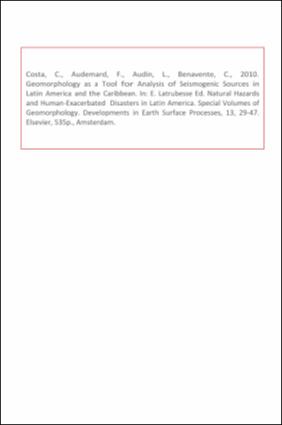Por favor, use este identificador para citar o enlazar este ítem:
https://hdl.handle.net/20.500.12544/678Ficheros en este ítem:
No hay ficheros asociados a este ítem.
Los ítems de DSpace están protegidos por copyright, con todos los derechos reservados, a menos que se indique lo contrario.











